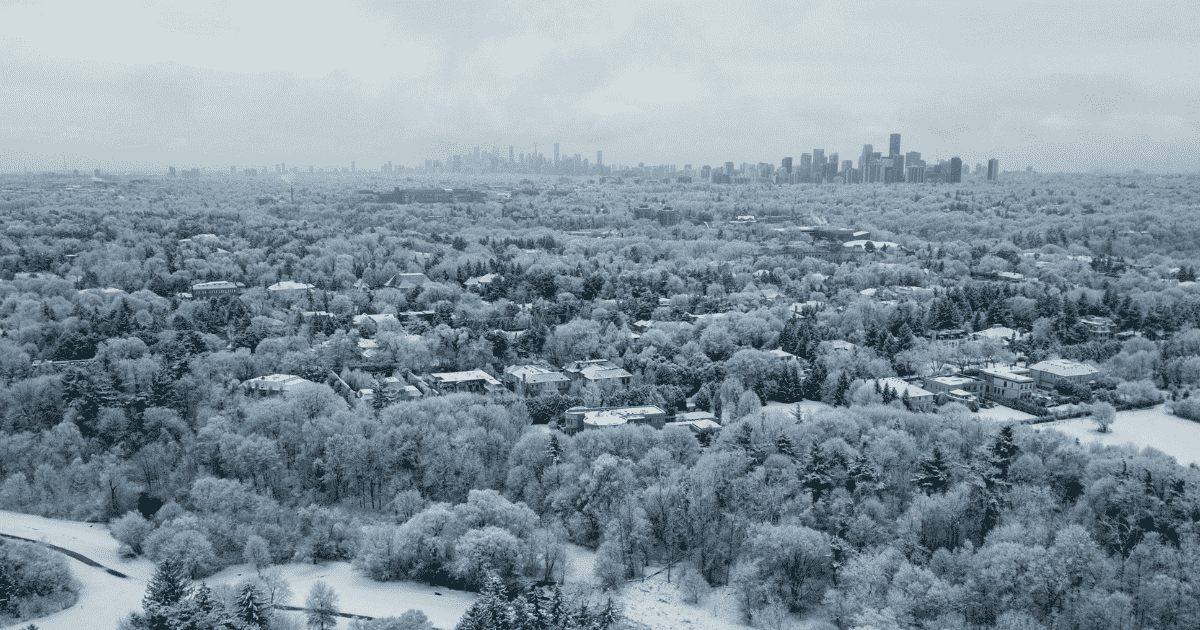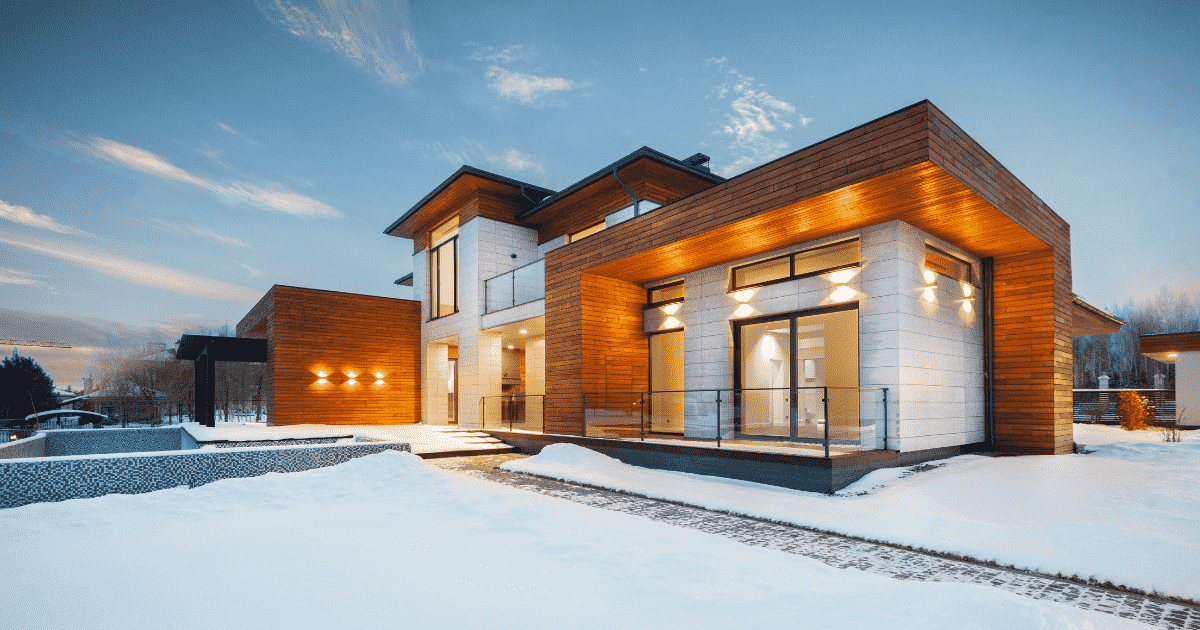The Toronto condo market has a staggering number of buildings and projects – just over 1,700 at the end of 2018. As a local agent, I wanted to know which of these condos ranked as the top 10 highest in demand, and more importantly, what common trends they share.
Whether you’re an agent working in Toronto or not, the results of our study will undoubtedly apply to other urban Canadian cities. We’ll just talk about general characteristics here, but if you would like to read about the specific buildings that make up the top 10 in Toronto, check out the article here.
How did we determine which condos to rank in the top 10?
We aggregated three sets of data from each condo in 2018. The data is from the Toronto Real Estate Board and is featured on our website, Strata.ca. Specifically:
- Sale to list ratio – on average, how much above list did the units sell for?
- Days on market
- Rate of appreciation
Points 1 and 2 carried the most weight in our rankings, as they speak more directly to the demand in each condo (or frenzied bidding wars that ensued).
If you or an investment client is interested in building a low-maintenance investment portfolio, you’re probably targeting your local condo market. My advice is that you try to look for buildings with the following three characteristics.
Boutique, low and mid-rise condos are the most attractive.
Not one of the 10 condos on the list was a high-rise. Smaller buildings have less turnover, are more exclusive and foster a better sense of community. Owners tend to stay longer than they do in high-rises, where residents are more anonymous and transient.
Of the 1,700+ condos in Toronto, the average number of storeys is 19 and the average number of units per building is 243. Among the top 10 condos, the average number of storeys was only seven, with an average of only 84 units. That’s about a third the number of storeys and units of your average Toronto condo.
The catch (at least in the Toronto market) is that the boutique buildings tend to go for a bit of a premium.
Buyers want lofts and unique features.
Of the 10 condos on the list, six of them were lofts (former factories or warehouses converted to condos). Two of the other buildings were condo townhomes.
I can’t speak for markets outside of Toronto, but I know most urban cities have lofts. The industrial and modern esthetic attracts a spectrum of demographics, from wealthy students to young professionals and empty nesters – most eager to buy anything that isn’t your typical bowling alley condo layout. High ceilings, wooden beams and exposed brick in particular are features most buyers crave.
Developers in Toronto have capitalized on this trend, resulting in the “soft loft” (purpose-built condo with loft-style features). Three soft lofts and three conversions (or “hard lofts”) made our list, with the No. 1 and runner up both hard lofts (not surprisingly).
Neighbourhoods with low condo inventory.
The majority of the condos in Toronto are concentrated in the downtown core. However, there are many desirable neighbourhoods with virtually no condo supply, meaning you’re either going to spend at least $1.2 million on a fixer-upper semi-detached house, or if you’re lucky, you’ll have the opportunity to buy in a pretty decent condo for about half that price.
In addition to this list featuring predominantly mid/low-rise lofts, seven of the 10 condos here compete with virtually no nearby condos – only houses that have priced out most buyers in the market.
If you’re a seller in a dense neighbourhood like Cityplace, your condo unit will have to compete against five to 10 nearly identical units within a quarter kilometre radius. The most desirable condos don’t have that problem. Buy where affordable inventory is scarce.
What about the 10 least desirable condos?
They’re essentially the inverse of the highest demand condos. They’re located in neighbourhoods with dense condo inventory. They’re all your average, garden variety condo. They’re all high-rises, with over 400 units each. And not surprisingly, they all had maintenance fees at 78 cents per-square-foot or higher (average in Toronto is about 65 cents per-square-foot).
I hope this study helps you target the best options in your local market. If you’ve noticed similar trends outside of Toronto, I’d love to hear about them. Happy condo hunting!
Robert Van Rhijn is a Toronto-based Realtor and broker of record at Slate Realty, in the downtown Toronto area. He founded Strata.ca in 2018. It’s a Toronto-based condo website with a focus on easy-to-understand data analytics for consumers.












